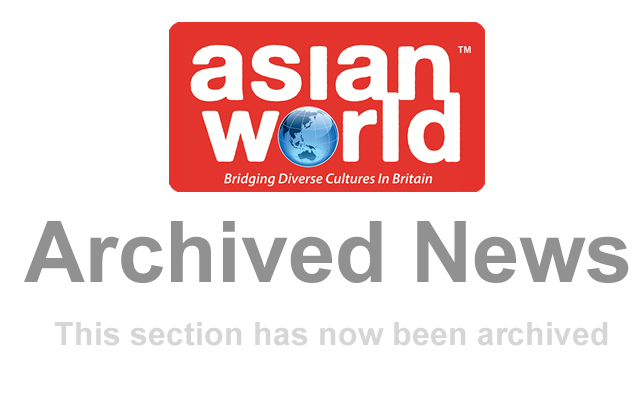It is on the 14th August, of every year, that patriotic Pakistanis dust off their green and white flags to celebrate the birth of their nation. A day later, their neighbouring, devoted Indian nationalists will take their turn to rejoice in India’s independence on the 15th August.
People visit national monuments and places of national significance to celebrate a very significant Independence Day. This is also a time to meet relatives, exchange gifts and visit recreational spots.
As with every year, both prime ministers and presidents will address and congratulate nations and talk about the day’s significance. Streets and houses are decorated with candles, oil lamps and pennants. Firework shows are put together on the eve of Independence Day.
Pakistan’s Independence Day also pays homage to people who devoted their lives for Pakistan’s freedom movement and made sacrifices to attain Pakistan’s independence. A change of guard takes place at national monuments, including the mausoleums of Muhammad Iqbal, who was a poet, philosopher, and politician, and Muhammad Ali Jinnah, who is considered by many as Pakistan’s founder and Quaid-i-Azam (supreme leader).
The Prime Minister of India will unfurl India’s flag and deliver a speech in the Red Fort in the capital New Delhi.
 Events for this year’s celebrations held during the day will include special theatre shows, national song competitions, concerts, and Independence Day pageants. Radio and television stations will broadcast national songs and specially prepared Independence Day programs.
Events for this year’s celebrations held during the day will include special theatre shows, national song competitions, concerts, and Independence Day pageants. Radio and television stations will broadcast national songs and specially prepared Independence Day programs.
India and the British Raj
“At the stroke of the midnight hour, when the world sleeps, India will awake to life and freedom. A moment comes, which comes but rarely in history, when we step out from the old to the new…India discovers herself again” – the famous words from India’s first official Prime Minister, Jawaharlal Nehru.
Up until the 18th century, the relationship between Britain and India was largely kept through trade. It was during this time that the East India Company, a large exporter of trade between Britain and India, had defeated the Nawab of Calcutta (who tried to break free of the East India Company’s rule). India was now governed by the British Raj with their independent military and armed forces.
After the World War II, Britain saw that it could no longer hold its power over India. It was becoming increasingly difficult and Indian freedom fighters were in no mood to give up. With international support also coming to an end, Britain decided to relive India from their power. Following more than two hundred years of British rule, India finally won back its freedom on 15th August, 1947 and India’s tricolour flag was revealed by Jawaharlal Nehru, the first Prime Minister of India, on the walls of the Red Fort, Delhi.
Although joy was felt in the heart of all Indians, the divide between religions was continuing to create more threat. It was clear there was more bloodshed and war to come. Severe rioting and population movement took place and an estimated half a million people were killed in communal violence. About a million people were left homeless. The Indian subcontinent was partitioned into Hindu-dominated India and the newly created Muslim state of Pakistan.
By Aneesa Malik





















